Summer is here, and although this summer is going to be different, it’s still time for some traveling. I am lucky enough to live in Europe, where traveling is permitted (almost) everywhere, despite Coronavirus and a second wave of new cases across the continent. This is why, fingers crossing, I will be leaving for Switzerland soon.
I’ll be doing what I call the “lake and art” road trip, starting from Como and driving around Switzerland. In fact, when this article will be published, I’ll be exploring a nice kunsthalle or bathing in a lake. Check Artsy Travels Instagram for live updates!
Anyway, the point is, it’s time to plan a trip, and I figured you might want to know how I do it. That is why I decided to put together this short guide on how to plan your next art trip.
1 – Choose a destination
This sounds like the easiest part, but in fact, it is not. Some destinations seem more appealing than others, some are just too far away, or too expensive. And then again, some are close and easy to reach, but you don’t really feel like going there.
When choosing a destination, take into consideration how far you can go, how long you can stay, and if the destination fits you. For example, for the longest time I have dreamt of traveling to China, but I haven’t had the chance yet. China is big, full of things to do and see, and it would take me a lot of time to actually visit it. Which is why I haven’t yet: I’d rather wait, than just travel there for 7 or 10 days trying to squeeze in as many things as possible.
On the contrary, there are places which I know are extremely beautiful, and that I will maybe visit one day, but they are not my top priority right now. Like beautiful Caribbean beaches, or ski resorts on the Alps. I know I would enjoy a short vacation there, but I also know that I would probably get bored after a few days, so for now I am not considering them.
If you need to choose and have no clue on where you should go, try this method. First analyze the closest destinations around you, places you’ve never been before and you would like to visit. Then start considering places further and further away, until you find a balance between your budget, the time you can spend traveling and your own curiosity.
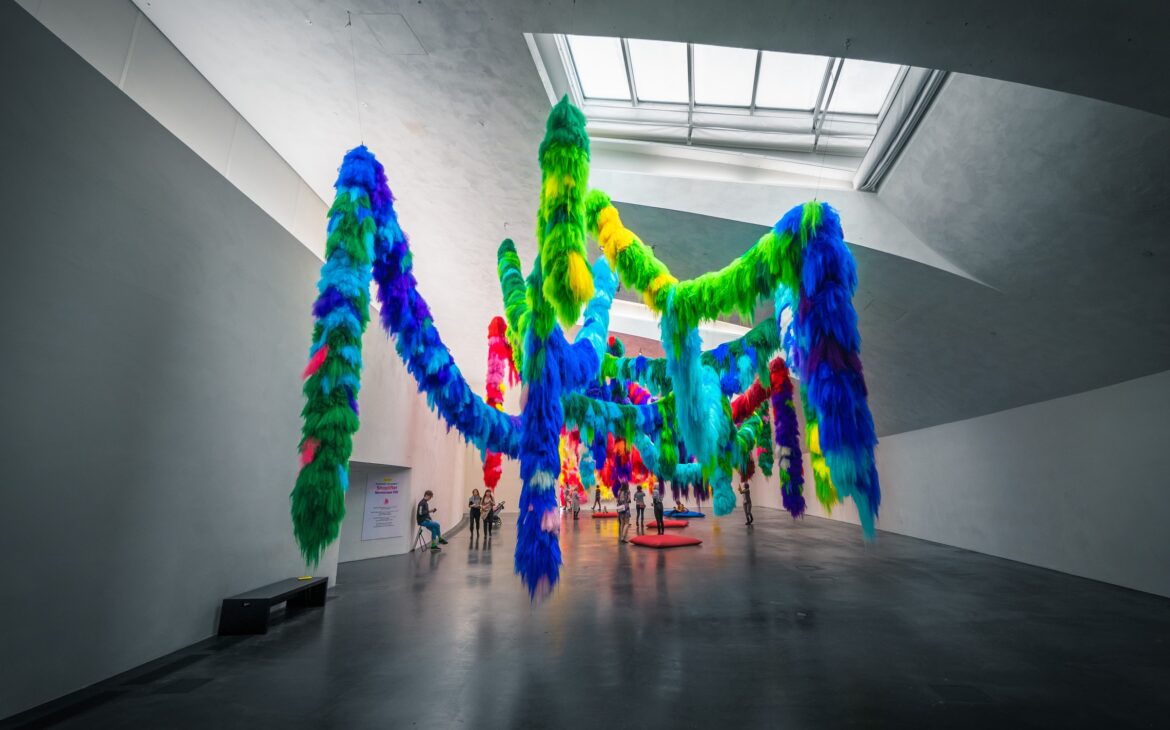
Photo by Tapio Haaja on Unsplash
2 – Do some research – General info
Once you have narrowed your list down to 3 or 4 places, start doing some research. At this stage, you want to find out on a general level what each destination has to offer, in terms of places to visit, attractions, culture, food, shopping, outdoor activities, festivals, and so on. Start on a very general level, because it is easier to find information.
Remember, Google is your best friend in this situation. Chances are, wherever you are traveling, someone has been there before, and they might have written something about their trip. Or you could find photos and videos. The point is, get a written and a visual idea of the places you intend to visit. It will help you picture yourself there, understanding whether it is the right destination for you or not.
3 – Focus on what you like
Once you have a general picture of the place you are about to visit, dig a little deeper. It is now time to find out what these places really have to offer. And since we are talking about art trips, I suppose you will be looking for museums, galleries, exhibitions, and art-related attractions.
As I told you, there are 3 online resources I always check before planning a trip, you can find more information in this article. But you can also use Pinterest or Instagram, to search for hashtags and pin things you find interesting.
Another resource I really love using is Culture Trip. It is an online platform where you can find any sort of information, mostly written by locals and experts, basically on every place on Planet Earth. They have articles on museums, galleries, but also food, shopping, itineraries, beautiful castles, churches or temples, archeological sites, music festivals, and so on. For anything you want to know about a destination, they probably have an article. You can use it as a starting point to decide where to go, how long you should stay, and what route you should follow.
Remember, every traveler is different and every trip should reflect the peculiarities of the traveler. Use the information you find to plan your own trip, you shouldn’t be forced to stick to what other people say. You are free to choose, that is the beauty of traveling. Embrace your freedom and plan whatever you feel like doing.
4 – Put it on a map
At this point, you should have a relatively clear idea of what you would like to do and where you would like to go. You have a destination, maybe a set of places you plan to visit – neighborhoods, cities, smaller villages, single attractions, museums, galleries, etc. – but you still don’t know how to organize all these information.
My advice is, put everything on a map. I usually use Google My Maps, but you can find a lot of different options online. There are websites and apps, but if you are more of an artsy type of person, you can draw your own map. The important thing is, put everything down and see where all those things are located. It’ll make it easier to visualize where places are, what is close to what else, which itinerary you can follow, how you can plan each day visiting a different area of a city or a country.
Pinning everything you want to visit on a map is a great help when it comes to making things clear on your mind. It helps you visualize your trip, it gives you an idea of how long you should stay in each place, and once you are there it helps you getting around. Try to cross your own map with a general list of attractions and things to do in a specific place, so you can mix and match and create your own perfect itinerary.
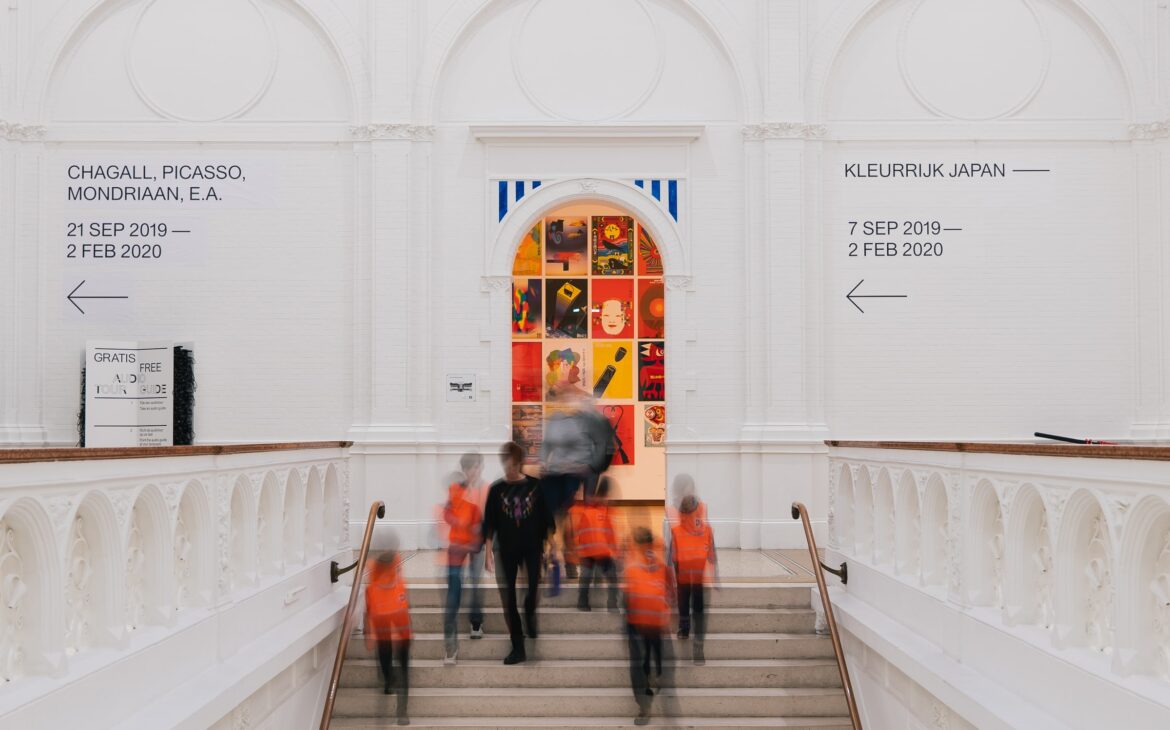
Photo by Liam McGarry on Unsplash
5 – Ask a local
Asking a local is never been easier. First of all, if you are reading this blog post, you probably speak English, and therefore you can communicate with a lot of people around the globe. Reach out to people, ask for directions, sit in a bar, and talk to some local old men. They will have a lot of stories for you, they will point you towards the best places to eat, the best neighborhoods to go shopping or the best things to visit.
If you want to ask a local before actually leaving, I recommend you check Airbnb experiences. I have used Airbnb to find accommodations, but also to book amazing tours. Airbnb offers you the possibility to connect with local experts that will show you a part of their city, the one they know best. I used it in Tokyo, where I met a curator that brought me on a gallery tour, and I did the same in New York, before moving there. I met two art advisors, and together we visited a few galleries in the Lower East Side area. This experience was so good, that one year later I was moving to NYC to actually work in one of these galleries.
My point is, no matter how long you stay in a place, you will never be able to get to know it as much as someone who lives there. Find someone who is interested in what you like or works in your same field, and ask. People are happy to share their knowledge, especially if they love their city and you will discover places you wouldn’t have the chance to see otherwise.
6 – Check the important details
Almost there, by now you should have a destination, a list of things to do and places to see in said destination, a map with all these things pinned, an itinerary with some recommendations by some local friend. And now comes the most important part.
Check the details! Check when the museums are closed, check what time they open, and if they have longer opening hours during the weekend. Verify if they have exhibitions on view or if they are closed for installation. Make sure that the day you are planning to go is a regular day and not a bank holiday. Check if they have free nights or any special event.
Check all the boring things and the exciting ones. I am telling you because I have done all these mistakes time and time again, but I am finally learning. Before you book your hotels or your flights, check everything. You don’t want to book a day trip from Madrid to Bilbao on the only day the Guggenheim Museum is closed.
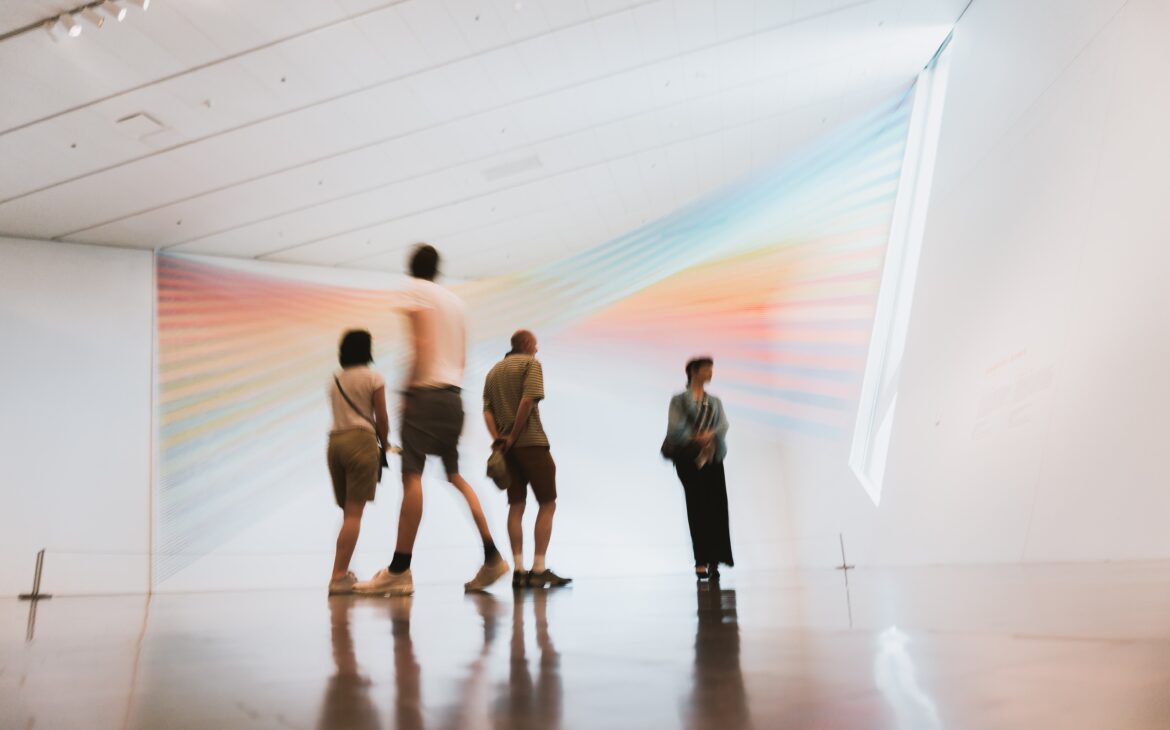
Photo by ian dooley on Unsplash
7 – Get lost
The preparation is over, you booked everything, you have your itinerary, you know what to do and where to go, you checked all the opening hours and the exhibitions. Now close your book, close your browser tabs, put your phone in your bag, and just get lost. Enjoy the moment, have fun, talk to people, visit as many or as little places you want. It’s your trip, make the most out of it and make sure you will remember it forever.

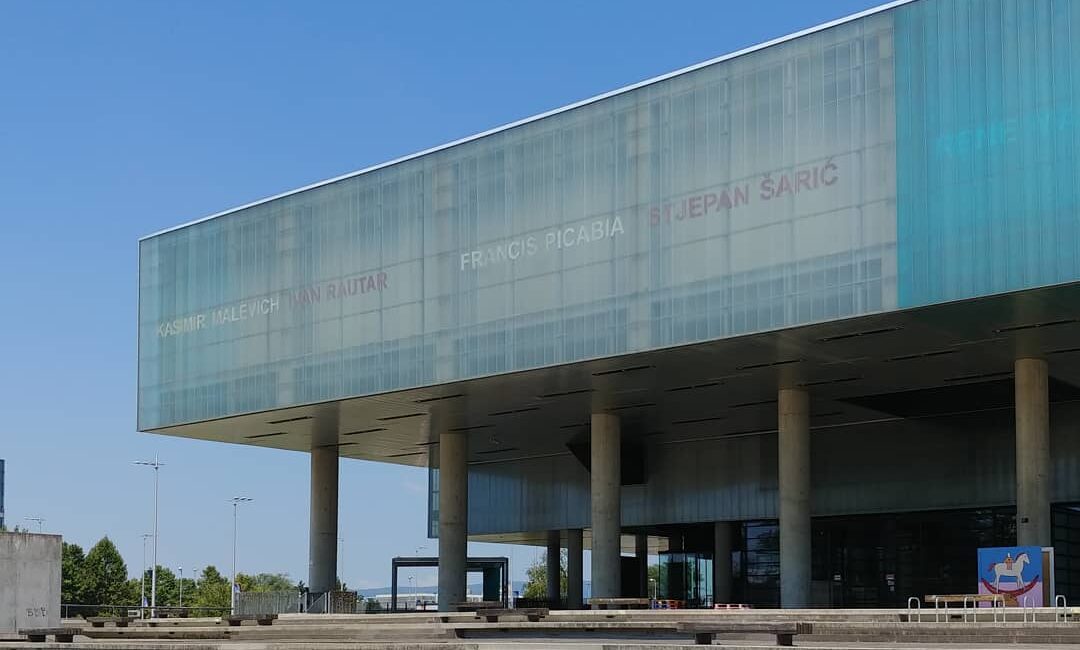
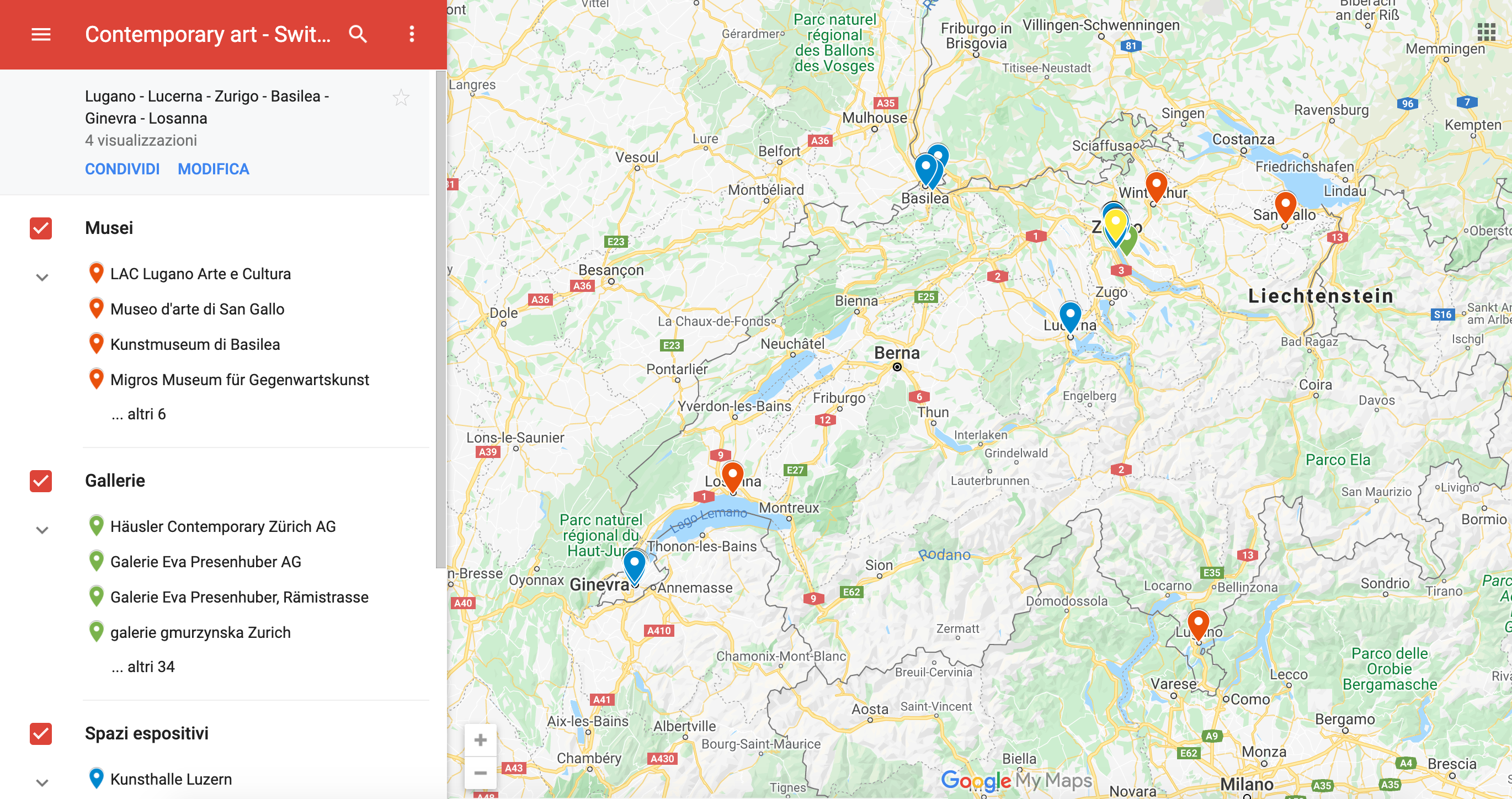
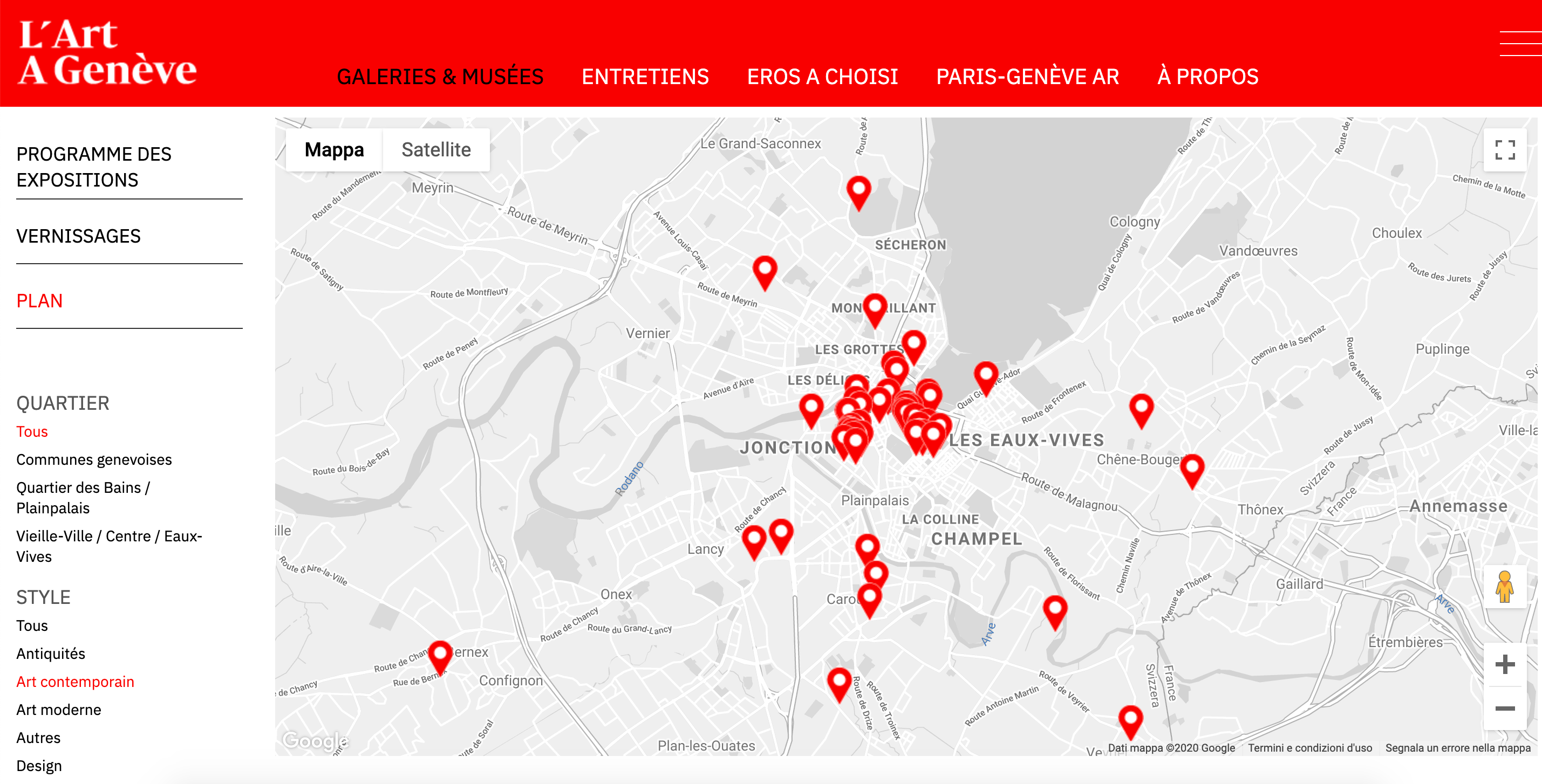


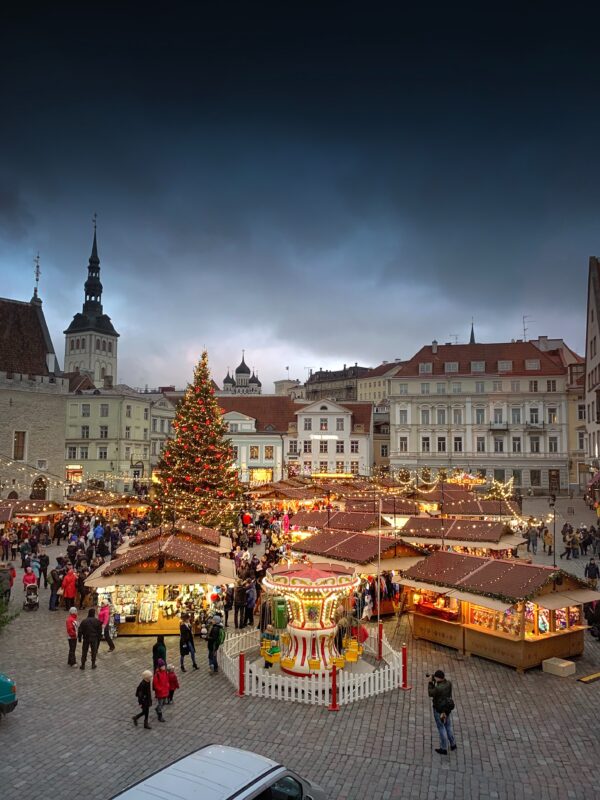
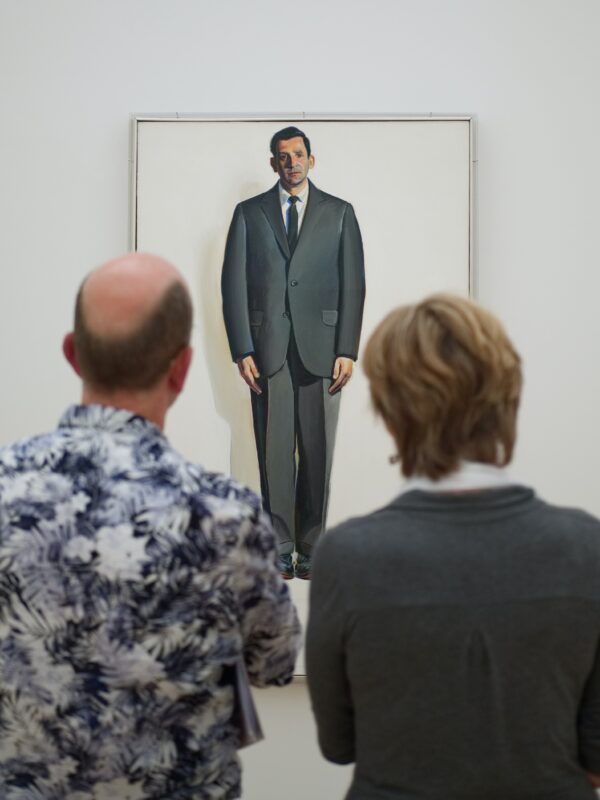





Get in touch